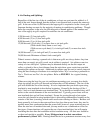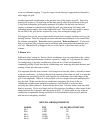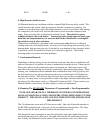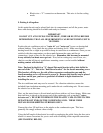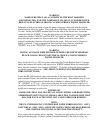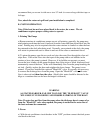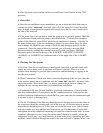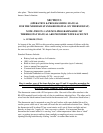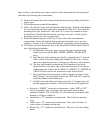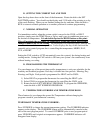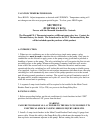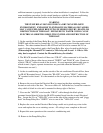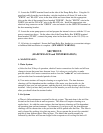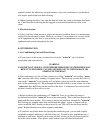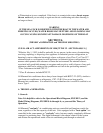
take place. The included mounting pad should eliminate a generous portion of any
known / heard vibration.
SECTION 3
(OPERATION & PROGRAMMING MANUAL
FOR THE MERMAID STANDARD DIGITAL 24V THERMOSTAT)
NOTE: THE FX-1 AND NON-PROGRAMMABLE 24V
THERMOSTAT MANUAL ARE PROVIDED WITH EACH UNIT
A. INTRODUCTION
In August of the year 2004 we discovered an unnacceptable amount of failures with the
previously provided thermostat. After careful testing, we have replaced that model with
the one now being described. We hope to hear of your success.
Standard Features Include:
• Battery back-up with two AA batteries
• 100% solid state circuitry
• Built-in short cycle protection during normal operation (up to 5 minutes)
• Auto or manual fan operation
• Constant hold feature allows continuous override
• Temporary temperature override
• Selectabel Fahrenheit or Celsius temperature display (refer to included manual)
• Large liquid crystal display (LCD) – easy to read
• Available 12 or 24 hour clock (refer to included manual)
Here is another copy of the items listed on page 15 and 16 regarding mounting the
thermostat. Should you not need this section again, proceed to section B for
SETTING THE CURRENT DAY AND TIME
The thermostat comes with a 20 foot power cable. One end of the cable attaches to the
BLACK terminal board on the side of the air conditioner electrical box. The other end is
wired into the black teminal board inside the thermostat itself. (Directions listed below.)
The thermostat may be mounted on any flat wall surface with space behind the wall to
run the power cable out of view and still reach the air conditioner electrical box. Ideally,
the thermostat will be about 2/3 up on an interior wall, out of direct sun light and not
directly in front of a "supply air" vent, nor next to a hatch. It is important that the
thermostat be located where it is sensing “true” cabin temperature rather than a “dead”
spot, or getting incorrect readings from sunlight or sampling air near a constantly
opening/closing hatch thereby reading “outside” air rather than inside air.



